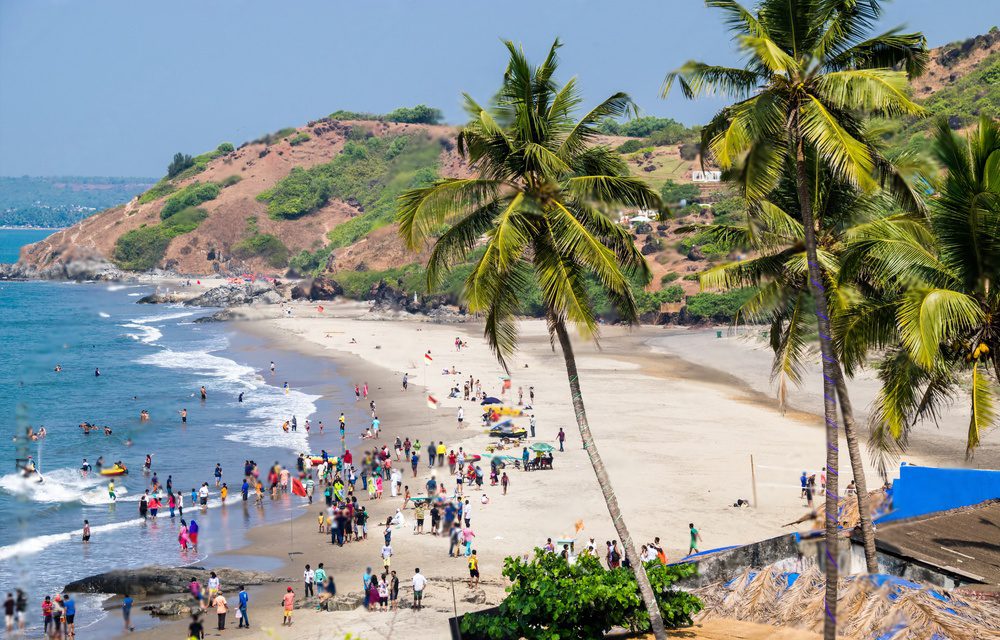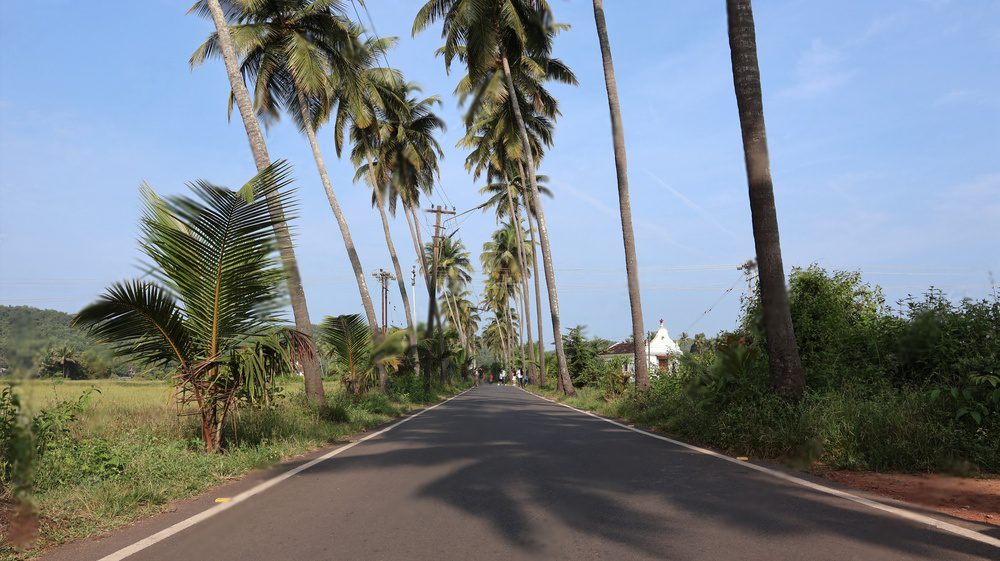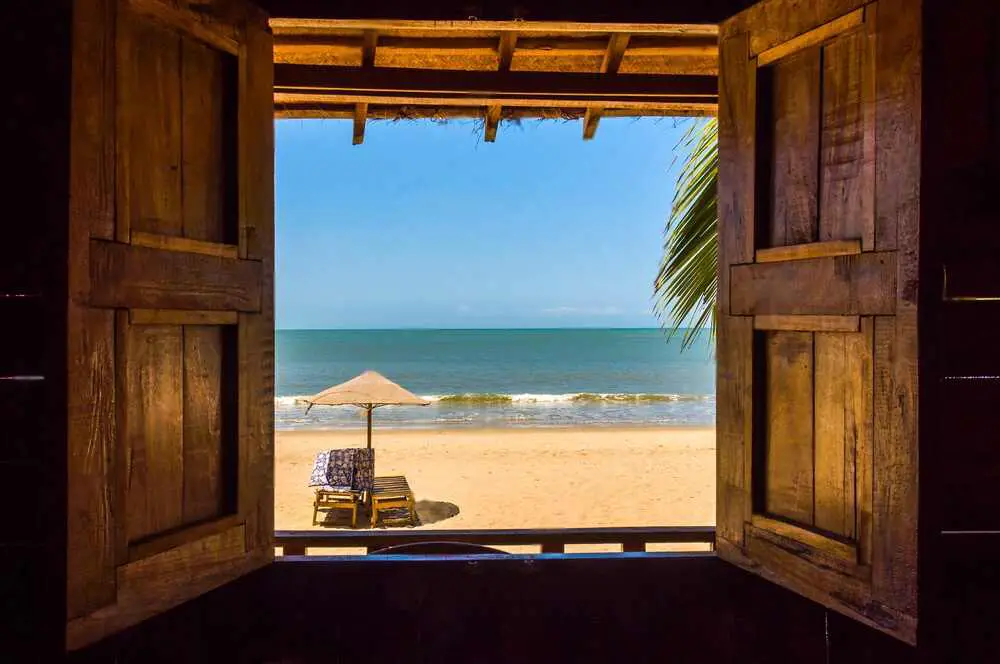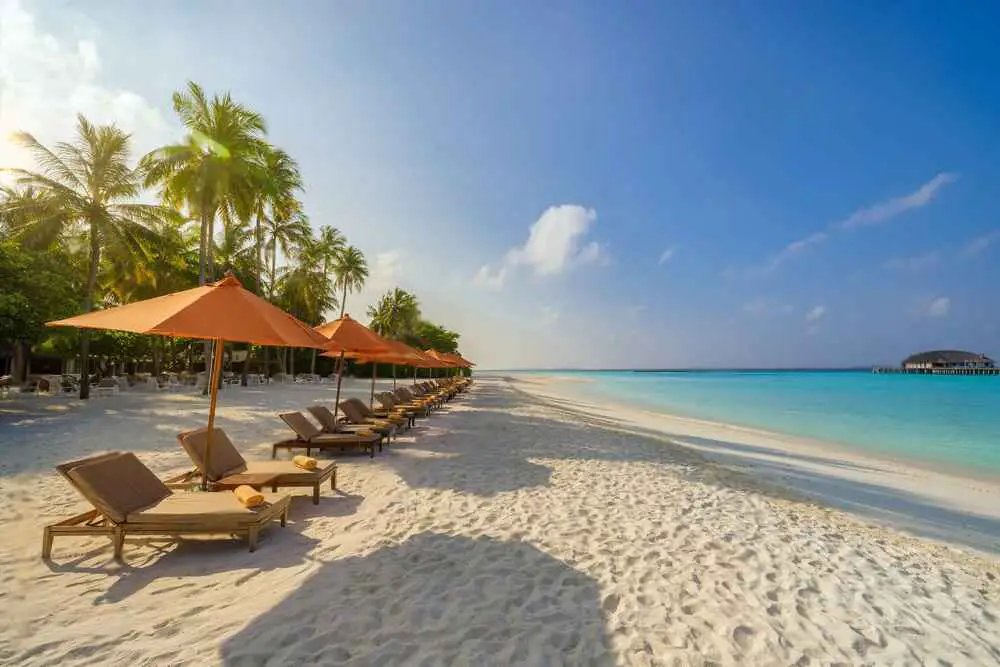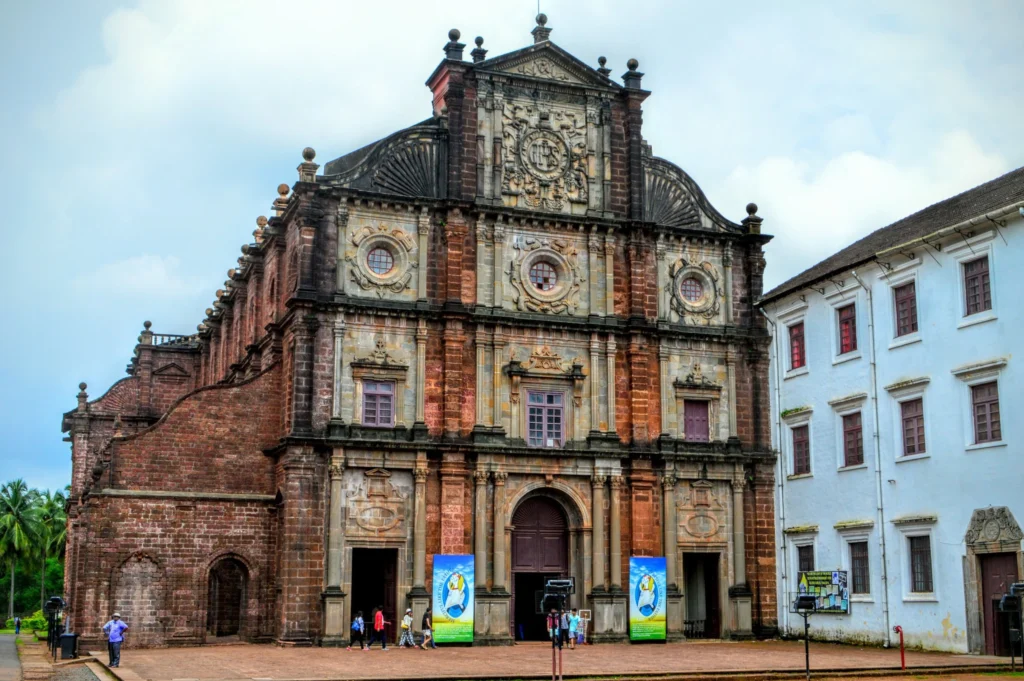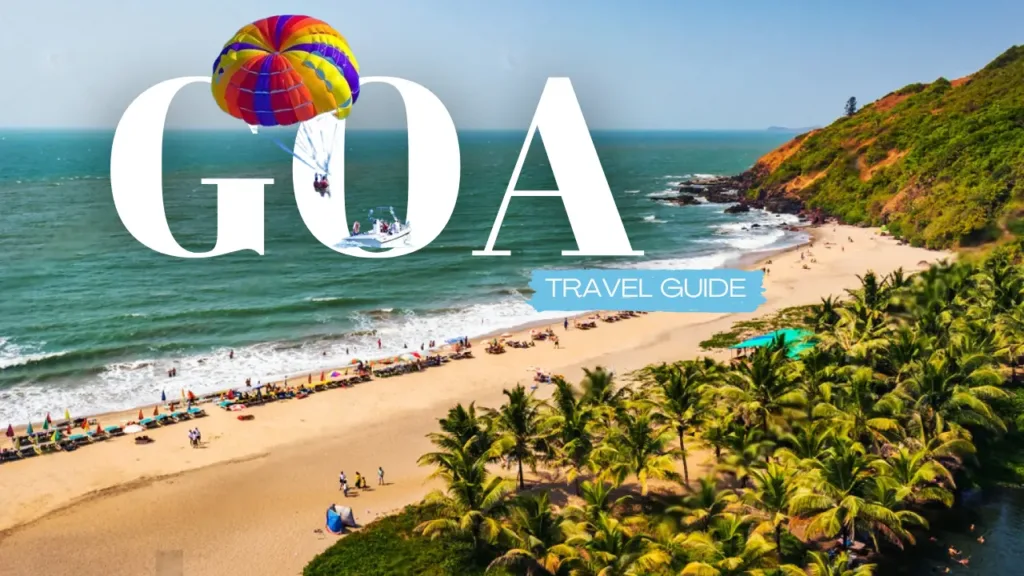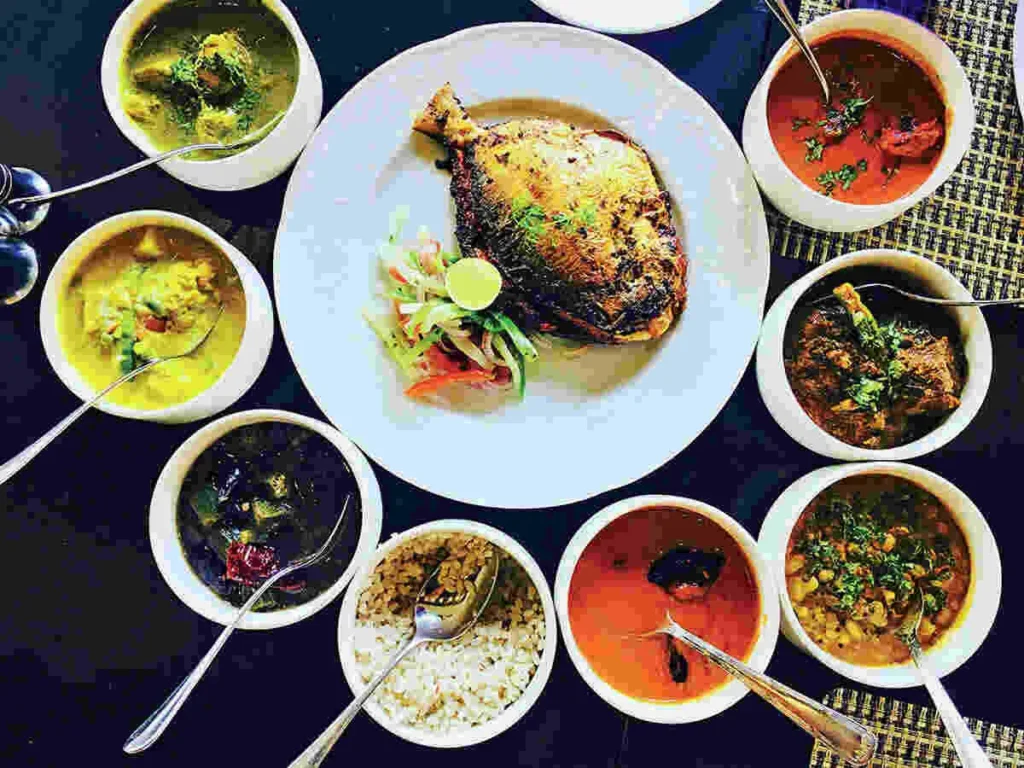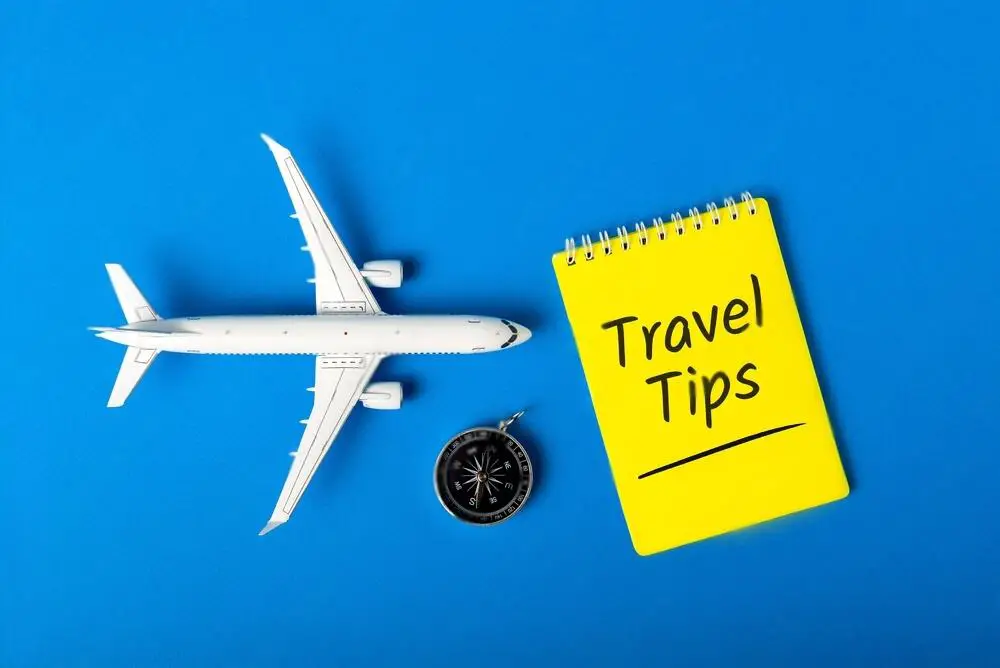Unveiling History in Thailand, famous for its colorful culture, beautiful beaches, and delicious food, is also home to many historical sites. These places offer a look into the country’s long and interesting history. From old ruins to grand temples, Thailand’s historical sites are a must-see for any traveler.
Here’s a guide to some of the most important historical places in Thailand:
1. Ayutthaya Historical Park
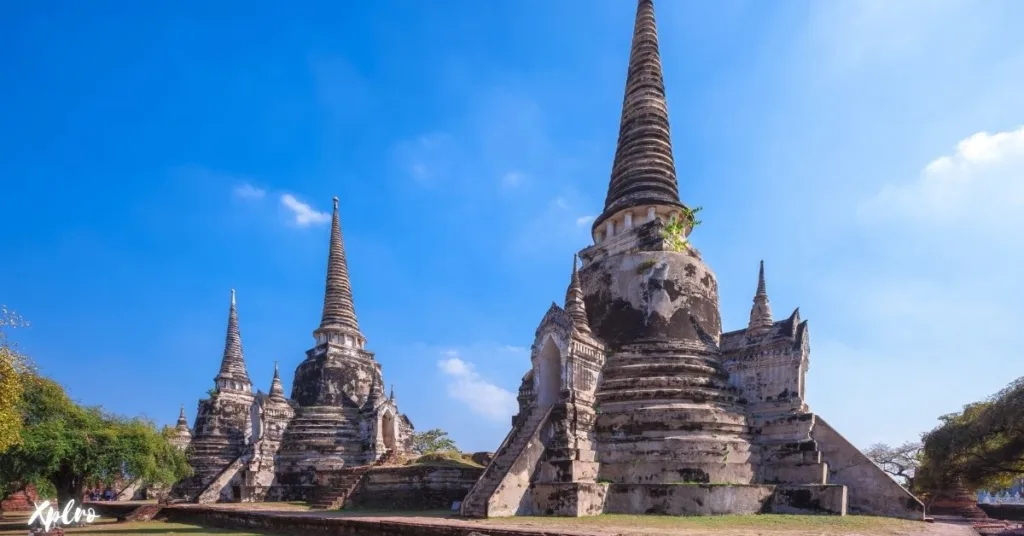

Ayutthaya, a place recognized by UNESCO as a World Heritage Site, was the capital of the Siamese Kingdom from 1350 to 1767. The park has amazing ruins of temples, palaces, and statues that show the glory of the ancient kingdom.
Must-See Sites:
- Wat Mahathat: Famous for the Buddha head surrounded by tree roots.
- Wat Phra Si Sanphet
- Wat Chaiwatthanaram
Travel Tip: Rent a bicycle to easily explore the large ruins.
2. The Grand Palace and Wat Phra Kaew
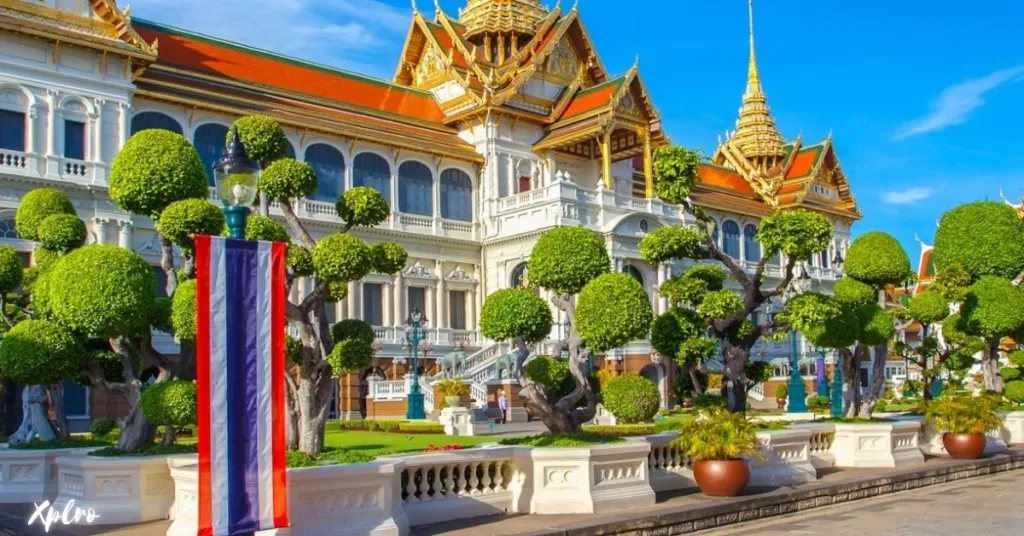

Bangkok’s Grand Palace is a beautiful and impressive building that everyone should see when visiting Thailand. Inside the palace is Wat Phra Kaew, where the famous Emerald Buddha is kept.
Highlights:
- Detailed carvings
- The Throne Hall
- The Emerald Buddha statue
Travel Tip: Dress modestly as this is a holy place.
3. Sukhothai Historical Park
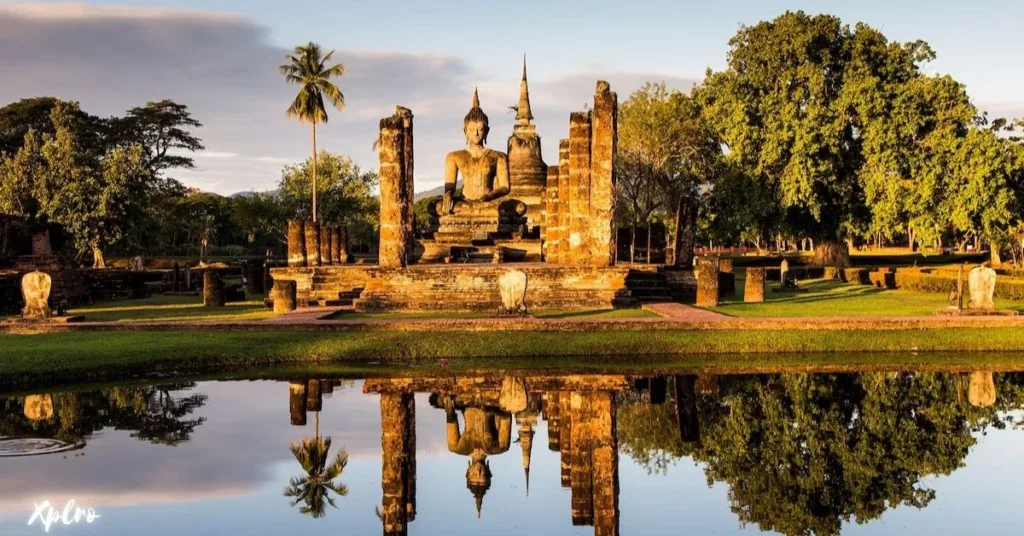

Sukhothai, in northern Thailand, is where the ruins of the first capital of Thailand stand. Its old temples and monuments show the unique Sukhothai style of architecture.
Must-See Sites:
- Wat Mahathat
- Wat Si Chum
- Wat Sa Si
Travel Tip: Visit early in the morning for beautiful views and cooler weather.
4. Wat Arun (The Temple of Dawn)
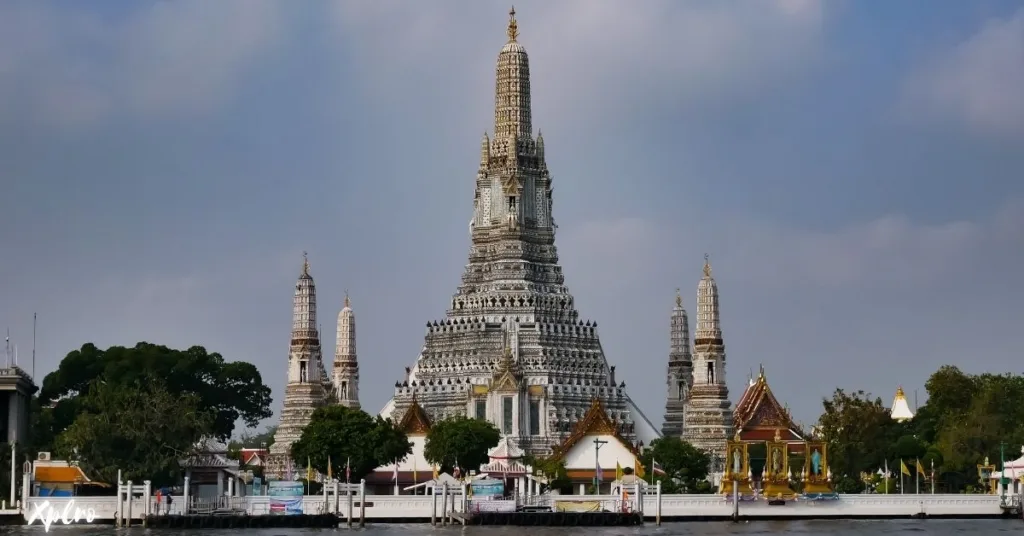

Wat Arun sits on the banks of the Chao Phraya River and is one of Thailand’s most famous temples. Its tall spires, decorated with colorful porcelain, look amazing at sunrise and sunset.
Highlights:
- The central prang (tower)
- Panoramic views of the city
Travel Tip: Visit at dusk for a beautiful view of the lit-up temple.
5. Phanom Rung Historical Park
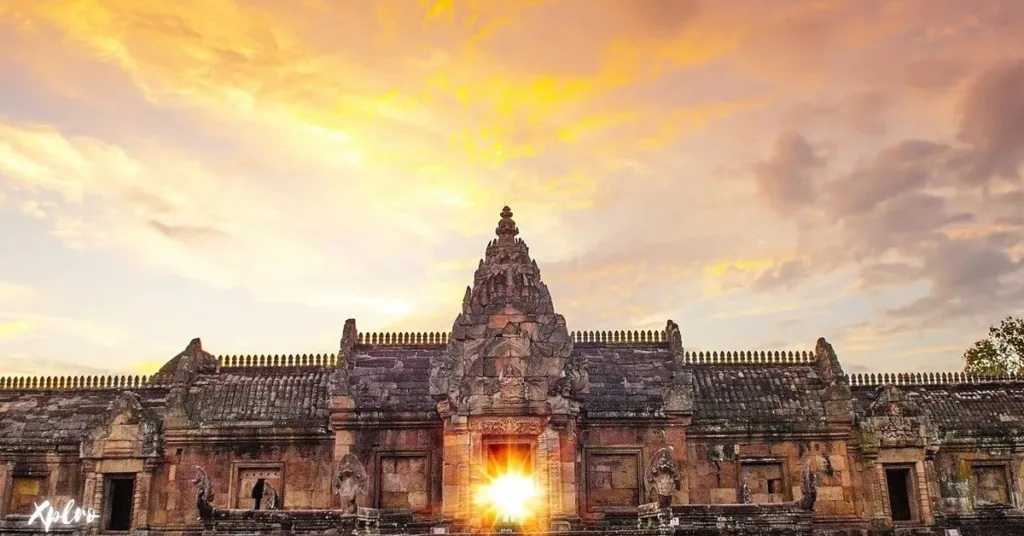

Located on an old volcano, this Khmer-style temple complex in Buriram, northeastern Thailand, is famous for its amazing stone carvings and architecture. It was originally built to honor the Hindu god Shiva.
Must-See Sites:
- The main sanctuary
- The Naga Bridge
Travel Tip: Visit during the solar alignment events for a truly magical experience.
6. Wat Pho (The Temple of the Reclining Buddha)
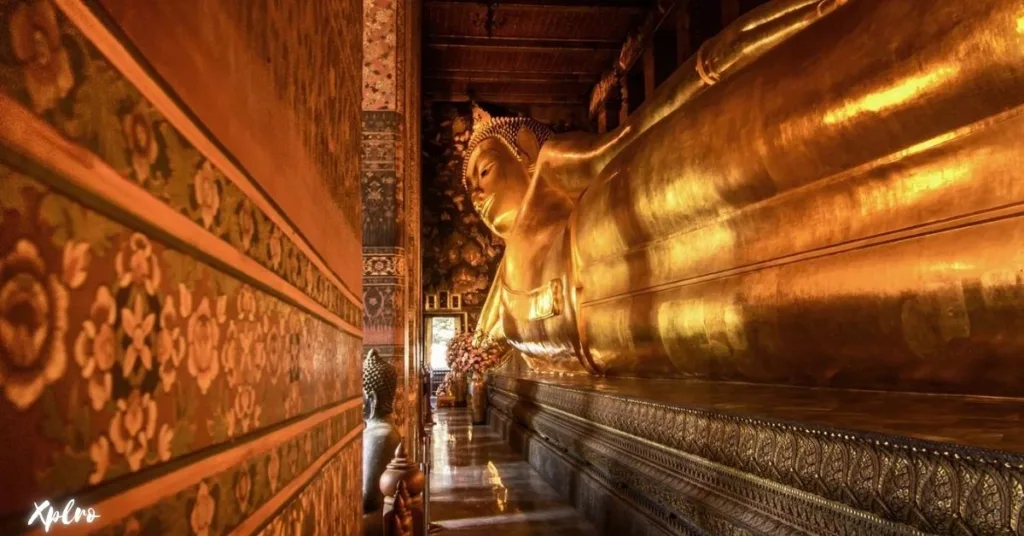

Wat Pho is known for its huge gold-covered Reclining Buddha, which is 46 meters long. It’s also where traditional Thai massage started.
Highlights:
- The Reclining Buddha
- The temple’s beautiful paintings
- The traditional Thai massage center
Travel Tip: Visit the nearby Grand Palace at the same time.
7. Ancient City (Muang Boran)
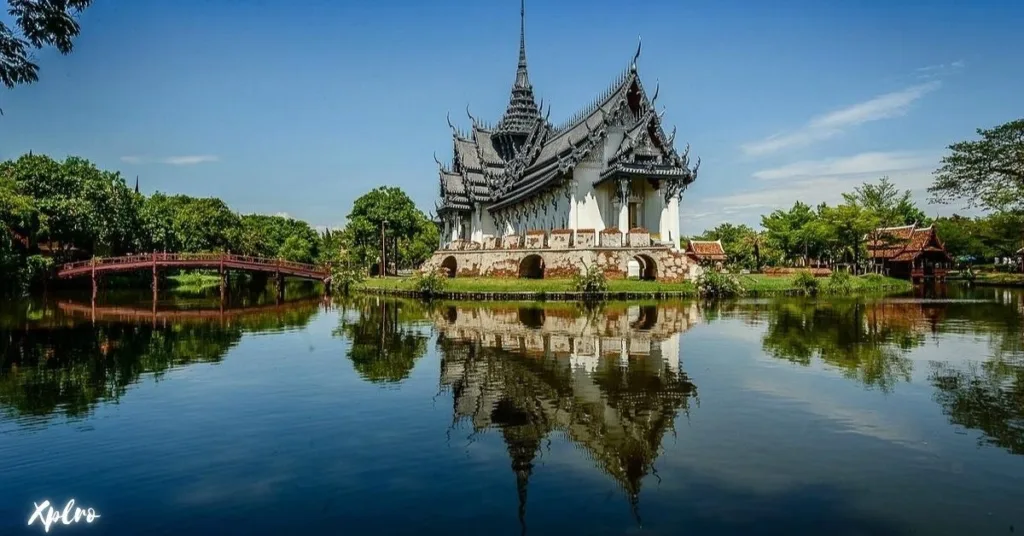

This open-air museum, near Bangkok, has smaller versions of Thailand’s historical sites and architectural styles. It’s a great way to see different parts of Thai history in one place.
Highlights:
- Small copies of Ayutthaya temples
- The Floating Market
- Khmer-style buildings
Travel Tip: Spend a whole day exploring the large grounds.
8. Chiang Mai’s Old City and Wat Chedi Luang
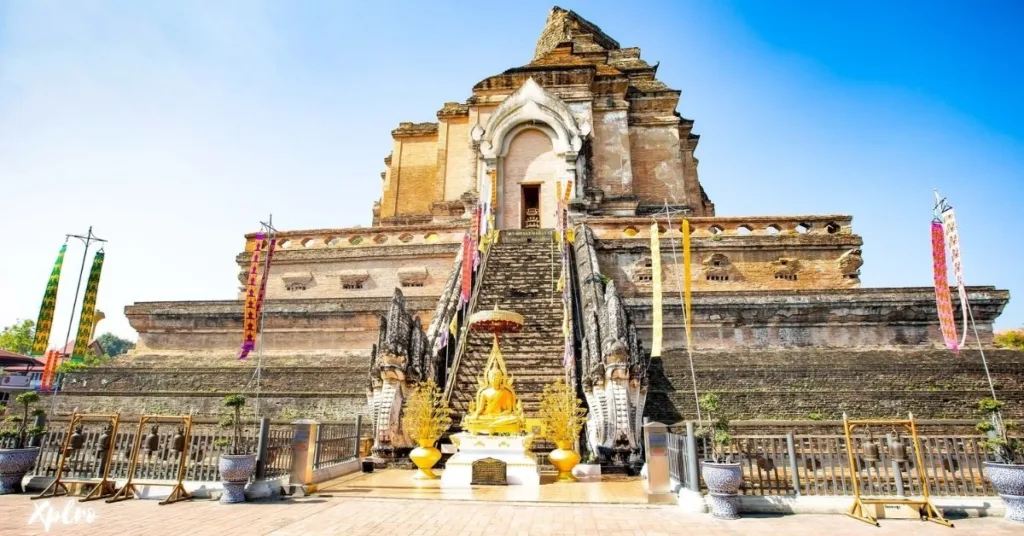

Chiang Mai’s Old City is full of ancient temples, with Wat Chedi Luang being the most important one.
Highlights:
- The big chedi (pagoda)
- The city’s old walls and gates
Travel Tip: Visit during the Yi Peng Lantern Festival for a magical experience.
9. Lopburi’s Monkey Temple (Phra Prang Sam Yod)
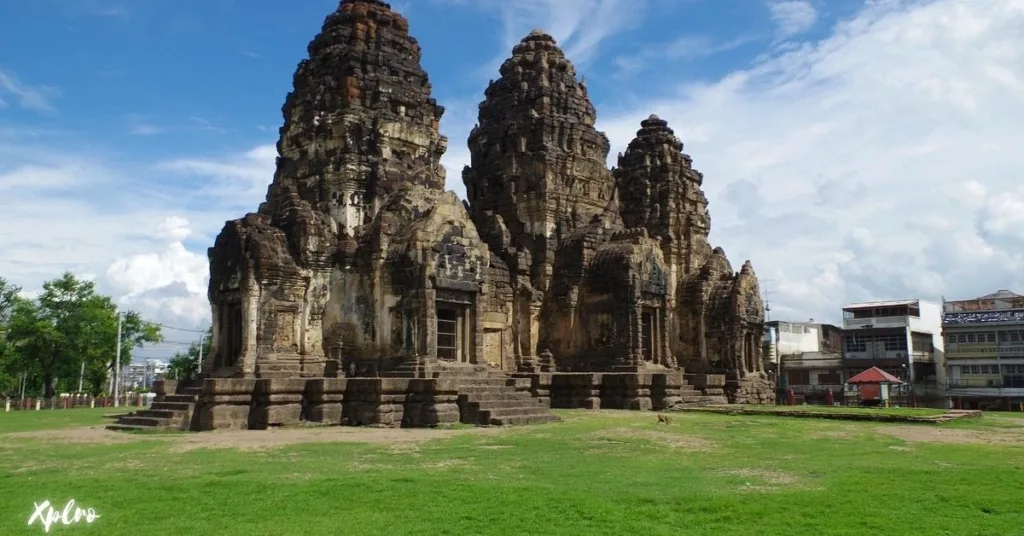

Lopburi is one of Thailand’s oldest cities and is known for its Khmer-style temples. Phra Prang Sam Yod, also called the Monkey Temple, is famous for the monkeys that live there.
Highlights:
- The temple’s towers
- Playful monkeys
Travel Tip: Watch your belongings as the monkeys can be tricky.
10. Wat Phra That Doi Suthep
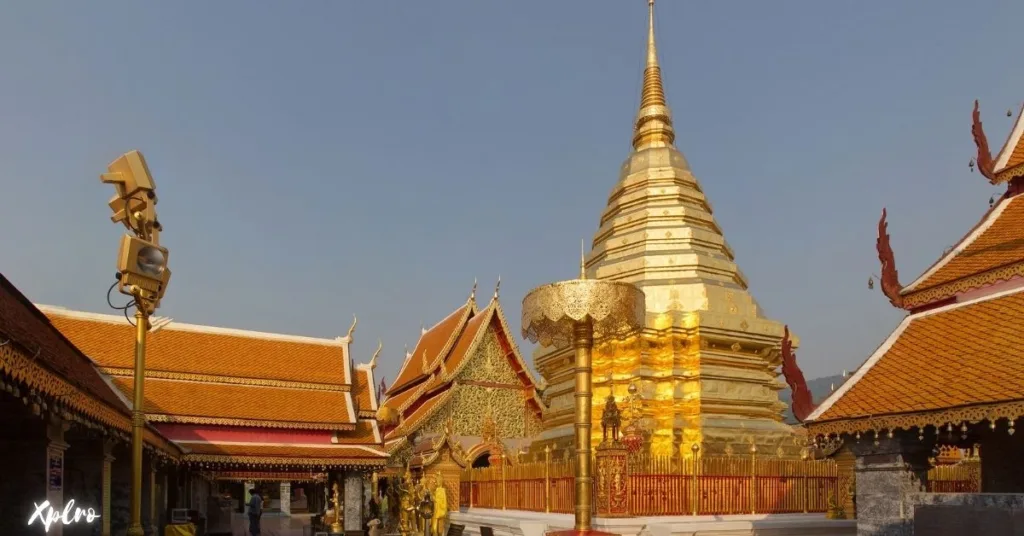

Wat Phra That Doi Suthep is a sacred temple perched on a mountain, offering stunning views of Chiang Mai city. The gold-covered chedi and intricate carvings are truly beautiful.
Highlights:
- The golden stupa
- The panoramic view from the temple grounds
Travel Tip: Visit early in the morning to avoid crowds and see the monks chanting.
Travel Tips for Unveiling History in Thailand
- Best Time to Visit: November to February is the best time to visit, when the weather is cooler.
- Transportation: Use local transportation like tuk-tuks or hire a guide for a better experience.
- Cultural Etiquette: Dress modestly and take off your shoes before entering temples.
- Entry Fees: Keep some cash with you as many historical sites have a small entrance fee.
Conclusion
Thailand’s historical sites offer a profound journey into the country’s past and cultural heritage. From ancient ruins whispering tales of forgotten kingdoms to ornate temples and grand palaces showcasing artistic mastery, each landmark is a unique chapter waiting to be unfolded. Plan your trip using Xplro.com to explore these awe-inspiring destinations and immerse yourself in the rich history of this incredible country. Remember, cooler weather awaits from November to February, and local transportation like tuk-tuks or a hired guide can enrich your experience. Dress modestly, remove shoes before entering temples, and keep some cash handy for occasional entrance fees. Thailand’s historical gems are waiting to be discovered!
FAQs
1. What are the most famous historical sites in Thailand?
- Thailand boasts many iconic historical sites, including Ayutthaya Historical Park, Sukhothai Historical Park, The Grand Palace in Bangkok, Wat Arun (Temple of Dawn), and Phanom Rung Historical Park.
2. How much time is needed to explore Ayutthaya Historical Park?
- You’ll need around 4–6 hours to explore Ayutthaya Historical Park’s main attractions. For a more immersive experience, plan for a full day to visit additional temples and nearby spots.
3. Are guided tours available for historical landmarks in Thailand?
- Yes, guided tours are widely available, especially for key sites like Ayutthaya, Sukhothai, and Bangkok’s Grand Palace. These tours help visitors understand the historical and cultural significance of each landmark.
4. When is the best time to visit Thailand’s historical sites?
- The best time to explore Thailand’s historical landmarks is between November and February, as the weather during these months is cooler and more comfortable for outdoor sightseeing.
5. Can families with kids visit Thailand’s historical sites?
- Absolutely! Many historical landmarks are suitable for families. For instance, the Ancient City near Bangkok provides an educational yet enjoyable experience for children.
6. What should I wear when visiting temples and historical sites?
- Visitors should wear modest clothing, such as long pants or skirts and tops that cover the shoulders. A lightweight scarf or shawl is handy for covering up if needed, especially at sacred temples.
7. Do I need to pay an entrance fee for historical sites?
- Yes, many historical sites require an entry fee. For instance, Ayutthaya and Sukhothai Historical Parks charge between 50 to 200 THB, while certain temples, such as Wat Arun, also have small admission fees.
8. Can I take photos at historical landmarks?
- Photography is allowed at most sites, but flash photography or drones might be restricted in certain areas. Always check for signage and follow any specific rules at each location.
9. Are historical sites in Thailand accessible for people with mobility challenges?
- Some modernized landmarks, like the Grand Palace, offer accessibility features such as ramps. However, many ancient ruins have uneven terrain, which may pose challenges for wheelchair users.
10. Are there places to eat near popular historical landmarks?
- Yes, most major sites have nearby food options, including local street vendors and small cafes. For example, Ayutthaya is known for its floating markets and riverside eateries offering authentic Thai dishes.
11. What’s the best way to travel between historical sites in Thailand?
- Transportation options include tuk-tuks, bicycles, and private car rentals for short distances. For traveling between cities, trains and buses are affordable and reliable. Guided tours often include transportation for convenience.
12. Are there any hidden historical sites in Thailand worth visiting?
- Certainly! Sites like Phanom Rung Historical Park in Buriram and the Monkey Temple (Phra Prang Sam Yod) in Lopburi offer fascinating experiences and are less crowded compared to mainstream attractions.

